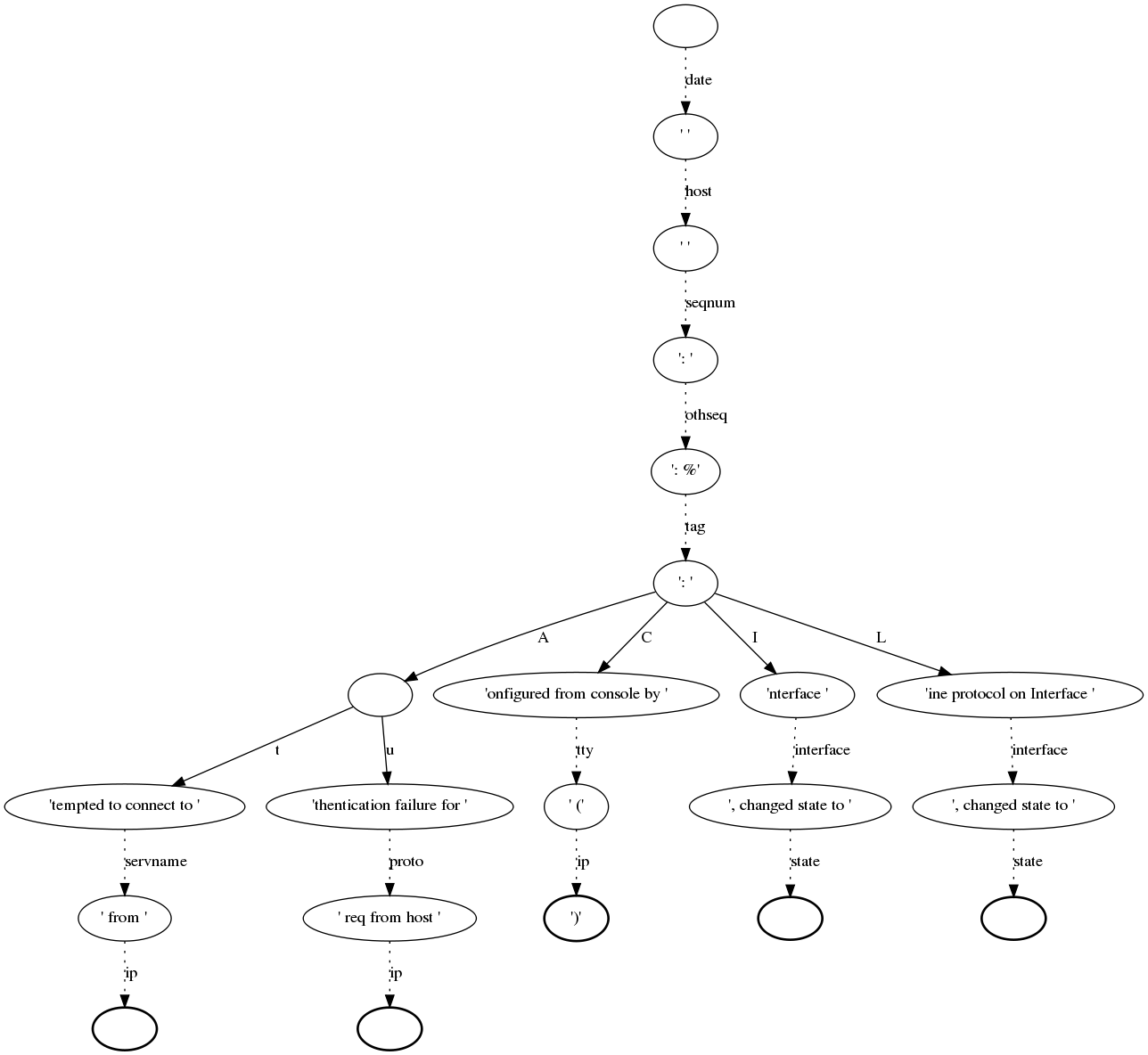Here you can find the first steps to use the pre-release of liblognorm.
(Please note that the used operating system was Fedora 13.)
At the moment there are two ways to install libognorm.
You can install everything you need from git (below you can find all commands you need) or you can download it as tarball at
libestr
libee
liblognorm
Please note if you install it with tarballs you have to to the same steps which are mentioned below, apart from
$ git clone git://git.adiscon.com/git/libestr.git
$ autoreconf -vfi
Installation
Open a terminal and switch to the folder where you want to install liblognorm. Below you find the necessary commands
$ git clone git://git.adiscon.com/git/libestr.git
switch to the new folder libestr
$ autoreconf -vfi
$ ./configure --libdir=/usr/lib --includedir=/usr/include
$ make
$ make install
leave that folder and repeat this step for libee
$ git clone git://git.adiscon.com/git/libee.git
switch to the new folder libee
$ autoreconf -vfi
$ ./configure --libdir=/usr/lib --includedir=/usr/include
$ make
$ make install
leave that folder and repeat this step again for liblognorm
$ git clone git://git.adiscon.com/git/liblognorm.git
switch to the new folder liblognorm
$ autoreconf -vfi
$ ./configure --libdir=/usr/lib --includedir=/usr/include
$ make
$ make install
That’s all you have to do.
For a first test we need two further things, a test log and the rulebase. Both can be downloaded at
http://blog.gerhards.net/2010/11/log-normalization-first-results.html
After downloading these examples you can use liblognorm. Go to /liblognorm/src and use the command below:
$ ./normalize -r /home/Test/messages.sampdb -ojson </home/Test/messages.log >/home/Test/temp
-r = path to the rulebase
-o = output format
Please have look at http://www.liblognorm.com/help/available-options-for-normalizer/ for all available options.
 this may be come an unnecessary burden for those only interested in rsyslog. So we have created a new mailing list named lognorm. We used this somewhat generic name, as we intend to use it for both libraries. This saves me some overhead, and we strongly assume that anyone interested in liblognorm will also be interested in libee (but to a lesser extent in the reverse direction).
this may be come an unnecessary burden for those only interested in rsyslog. So we have created a new mailing list named lognorm. We used this somewhat generic name, as we intend to use it for both libraries. This saves me some overhead, and we strongly assume that anyone interested in liblognorm will also be interested in libee (but to a lesser extent in the reverse direction).